The content of the article
Mnemosyne according to external data is very similar to cabbage. Many may confuse them without knowing the signs of the species. However, they even have different families. Mnemosyne is listed in the Red Book of some European countries.
The main difference from the garden pest is the translucent edges of the wings. In cabbage soup, they are the opposite - brighter.
The name of the species comes from the name of the goddess of memory in the mythology of ancient Greece. She was considered the mother of 9 muses.
External description
The butterfly has another name - “Black Apollo” due to similar external features. The difference from Apollo is that Mnemosyne has no yellow spots.
The wingspan can reach 7 cm. The length of each front wing is 25 mm. The torso and antennae are almost black. On the chest and abdomen there are thick whitish hairs. Externally, the butterfly does not have bright shades. Wings are white.On the front wing 2 black dots. The edges are almost transparent, like glass. Over the entire surface of the wings are black streaks.
Sex differences are underdeveloped. Females have more distinguished coloring. They can notice a weak waist on the body. On the torso of the female individual, the abdomen is bare, some have yellow specks. It is difficult to distinguish a female or male in nature without having the necessary information.
Habitat
A butterfly settles near feeding places. Mnemosyne, like any other butterfly, feeds on floral nectar. It prefers the banks of rivers and lakes, forest edges, open meadows. Mnemosyne can live in mountainous areas. Some individuals can live at an altitude of 1600 meters above sea level.
Butterflies do not like to move to new places of residence. They rarely make flights, and only in the case of major environmental changes.
Stages of development and reproduction
In the spring with the arrival of heat from the eggs laid larvae.They immediately begin to eat the leaves of the crested hen. After a while, the larva becomes a caterpillar. Externally, the caterpillars are very bright: yellow spots are located on the black body on the sides. They prefer nightlife and hide in foliage during the day.
The caterpillar constantly feeds and saves energy for transformation. When gaining the desired weight, it turns into a pupa. Pre-caterpillar selects a place to stay in the state of pupation. In the form of a pupa, Mnemosyne spends about 2 weeks.
In early July (approximately) a butterfly is born. The individual is ready to breed. Mnemosyne has an interesting peculiarity: after mating, the female’s sexual path closes. This will prevent subsequent fertilization.
After some time, the butterfly lays about 40 eggs. For this, she chooses the lower part of the leaf of the crested hen. The formation of the caterpillar occurs until frost. With the onset of cold weather, the individual is immersed in the stage of anabiosis until the spring period.
Species
Despite the fact that some species stand out, there are no special differences in them. There are no specific differences between them.It is quite difficult for biologists to distinguish between subspecies. For this, external signs are carefully studied. As a rule, they depend on climatic conditions and habitat. But Black Apollo has a different situation. Individuals may have a completely similar appearance, but they also live in different regions and living conditions. The opposite effect takes place: in the same locality there are butterflies with different external signs. This is typical of insects on European territory.
Nevertheless, it is possible to distinguish such a pattern: in areas with the coldest climate in butterflies, Black Apollo is brighter in color than in individuals that live in hot regions.
Species extinction
Mnemosyne is listed in the Red Book of many countries. It can be found in the lists of endangered species in Slovakia, Poland and in many Scandinavian countries.
Interesting Facts
There are 3 of the most popular facts about Mnemosyne butterfly:
- The famous writer Vladimir Nabokov has a poem about Black Apollo (he was fond of collecting butterflies).
- There is a belief that if you immediately meet 3 individuals of Mnemosyne, then something happy will happen soon.
- The plant Khokhlatka is also protected, as it is the main food of Black Apollo.

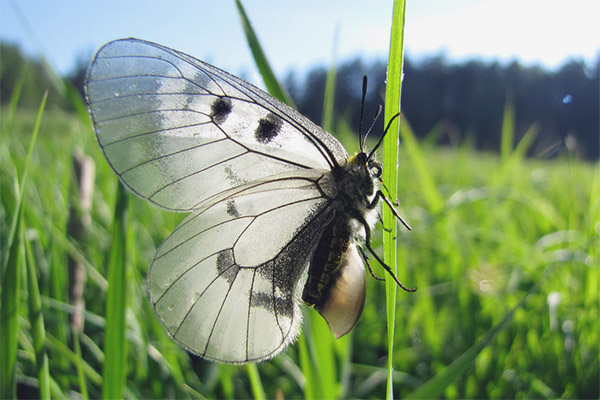
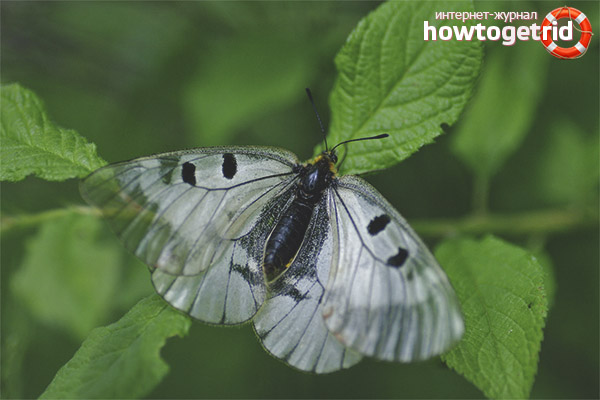
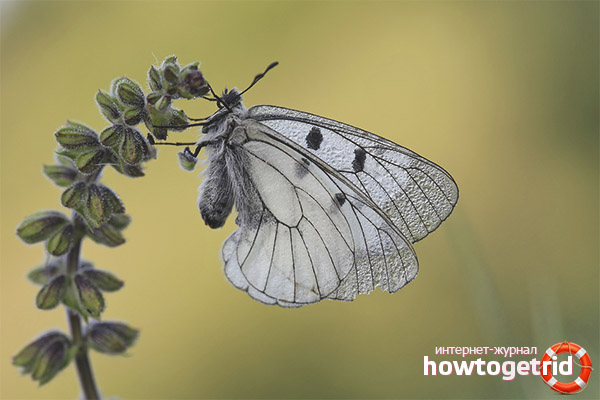

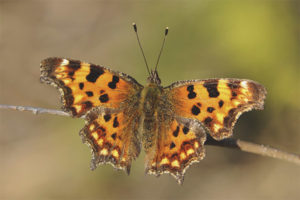
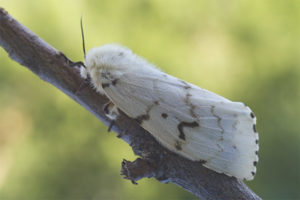
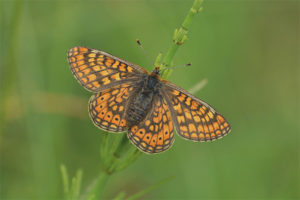

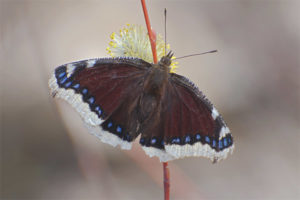
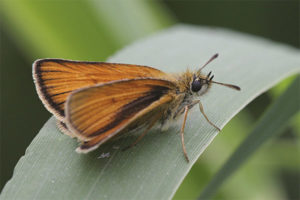


To send